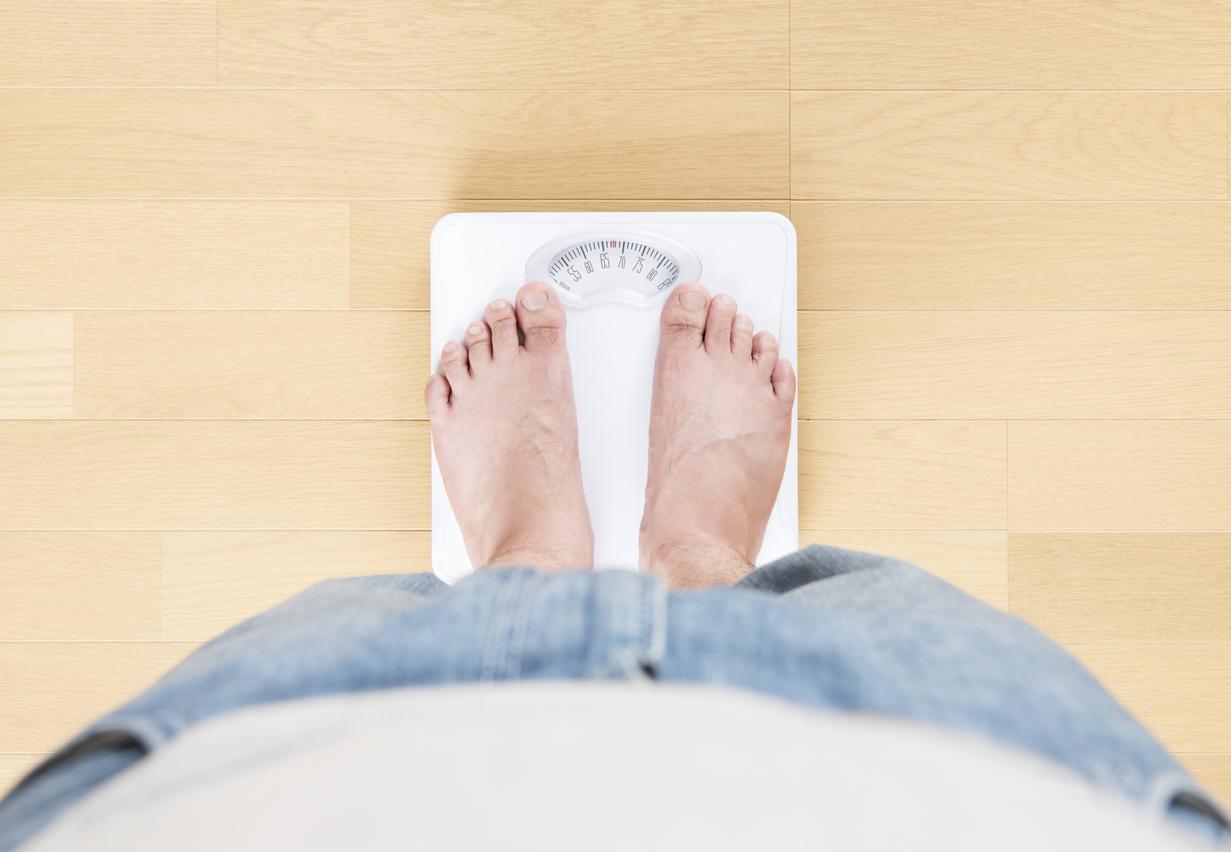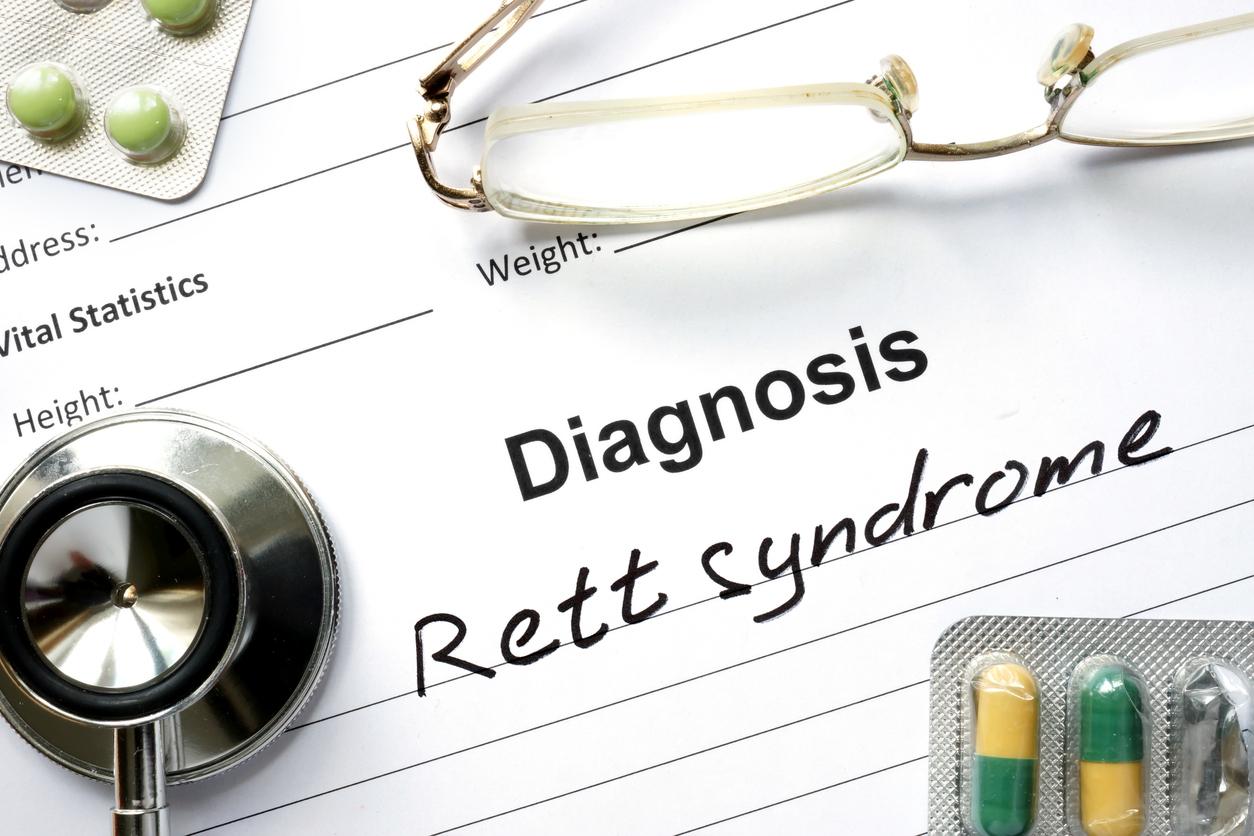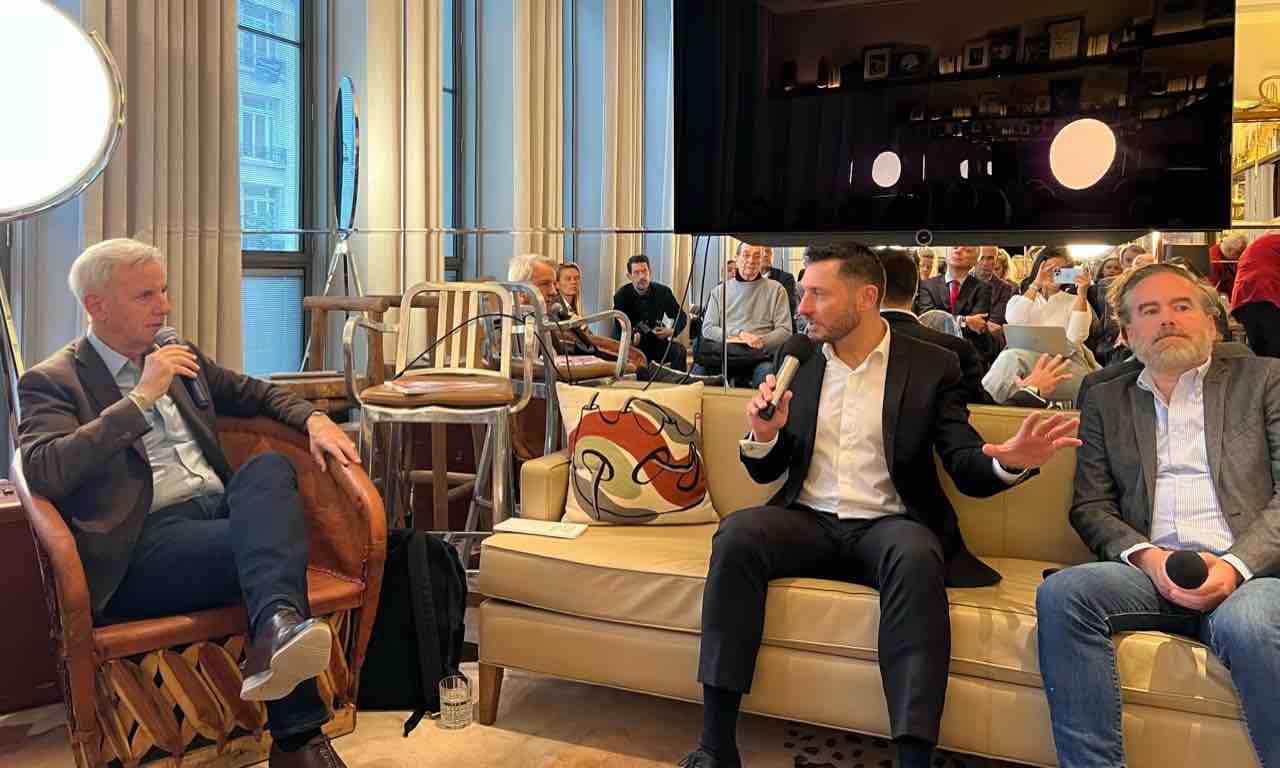
Banned potatoes, bread and sugar
Potatoes, bread, sugar and dairy are banned. Meat, fruit, nuts, vegetables and fish make up the menu. The paleo diet: eating like our distant ancestors. Karine Hoenderdos is enthusiastic.
Everything we eat affects health. That is what makes food unique: there is nothing else that we give to our bodies on a daily basis that has such a direct effect on our health. As a nutritionist, I find that a fascinating idea. And so I’ve been looking for the perfect nutrition for years; the holy grail for healthy aging and long-lasting vitality. This is desperately needed, because not only are we massively overweight, our children and grandchildren are also overweight. In addition, our arteries clog and our sugar levels rise to unprecedented heights.
The Paleo Diet
Everyone is entitled to his personal deviation. Mine is that I find nothing more entertaining than reading the books of diet gurus. Atkins, Montignac, South Beach: they’re all in my closet. A few years ago I also read the book The Paleo Diet by the American scientist Dr. Loren Cordain. The book is about the diet of the first human beings, how this diet fits in with our genes and that this diet can be beneficial for our health. The paleo diet is now all the rage in the US, and also in Europe. The term paleo comes from the Paleolithic, the Old Stone Age, a period from 2.5 million years to 10,000 years ago.
Cordain writes enthusiastically and infectiously about the diet of prehistoric humans, so infectious that I suspected him of being just another diet guru. I put Cordain in the bookcase and forgot about him. Until I received an invitation from a think tank that deals with nutrition. Whether I, as a nutritionist, wanted to think along about the question: what is really healthy?
Surprisingly healthy
Like Cordain, we ended up with the nutrition of the very first human being. These distant ancestors were hunters and gatherers, living on what they could find in nature. That was quite a lot at the time: game, fish, vegetables, fruit, eggs, seaweed, insects and nuts. Prehistoric humans ate surprisingly healthy, according to a literature study. Excavations show, for example, that prehistoric humans were not small or malnourished. Female skeletons of more than 1 meter 80 have even been found. Our current diet is completely different from that of prehistoric humans. Prehistoric man did not drink dairy (wild cows were not milked), did not eat grains (agriculture had not yet been invented) and he certainly did not eat industrially prepared products such as liquorice, chips or frozen meals.
My interest in the primal diet was aroused and I started to delve into the matter. I found the contrast between the western diet and the diet of those first people fascinating. Homo sapiens has only been on the planet for 160,000 years. That seems like an eternity, but it’s just a pinprick in history. Genetically, we are still almost identical to our ancestors. After all, it takes a very long time for genes to adapt to changed living conditions. For a long time, our diet was well adapted to the environment in which we lived. But a lot has changed in a relatively short time: our environment, our diet and how much we exercise. Think of the rise of agriculture and livestock farming, some 10,000 years ago, and of the industrial revolution, more than 200 years ago. Our genes are totally not tuned to eating a lot and exercising little, every day.
Of course I already knew that there is a lot wrong with our current diet. To start with, we eat the wrong fats, for example from dairy and snacks. We get too little fiber and often too many calories. And then our diet is also poor in a large number of vitamins and minerals, such as vitamin A, vitamin D, folic acid, zinc, iron and selenium. According to many experts, the current dietary advice does not match our genetic predisposition. According to them, too much bread and potatoes are recommended and too little meat, fish, healthy fats, vegetables and fruit.
Beneficial Effects
Proponents of the paleo diet believe that it is the best way to prevent typical Western conditions such as extreme obesity, type 2 diabetes, cardiovascular disease and other chronic diseases. Few studies have been done with subjects eating according to the paleo diet, but the studies that exist show beneficial effects on blood pressure, cholesterol levels and blood sugar. Paleo eating also includes regular physical activity. Hunter-gatherers simply did not sit in front of the TV or behind the computer, but were looking for food, water and shelter all day long. Researchers estimate that they walked seven to ten miles a day.
The food think tank’s project had meanwhile been given the name ‘Oerdis’ and I was asked to contribute to a book about the primal diet. As a nutritionist it was my job to come up with practical daily menus. It took a while to come up with a menu that contains (almost) no grains, potatoes and dairy, but we still managed to put together tasty dishes. To be honest, I didn’t believe that these daily menus (without whole-wheat sandwiches and glasses of milk) would contain enough healthy nutrients. When I then calculated the nutritional values, I almost fell off my chair. What wonderful results. Almost all vitamins and minerals were well above the recommended amount. And also in terms of fats, it was completely fine with the primal dish. The meals that are composed according to current nutritional advice even look rather pale.
Delicious food
It was time for a test. I went to try the paleo diet myself. For two weeks I left grains, sugar and processed products. Instead, I ate a lot of fish, meat, eggs, nuts, fruits and vegetables, and a little dairy. Once again the oerdis provided a surprise: I ate delicious during those weeks. I made well-filled salads, soups, omelettes, vegetable dishes, fish from the oven and grilled meat. And when I felt like a snack, I took fruit, nuts and olives. Admittedly, it does take a little more time than spreading a sandwich, but you also eat tastier, healthier and slimmer. And there’s no need to eat this way all the time, so a tasty pasta every now and then doesn’t ruin the health benefits. Many paleo adherents believe that you can “smuggle” three meals a week. That makes it easier to maintain.
Criticism
The paleo diet not only has followers, there is also criticism. Logical, because eating like the prehistoric man is sometimes completely in contradiction with the current insights regarding healthy food. Food with so little dairy, that must give you brittle bones, right? And if you don’t eat any grains and potatoes at all, you’ll never get enough fiber and vitamins, right? I now know that the fiber and vitamins are much better than the nutritional programs recommended by official bodies. Indeed, the amount of calcium is quite low on the paleo diet, but not shockingly low. A daily menu contains an average of 900 mg, where many countries recommend 1000 to 1200 mg per day (for the elderly).
My colleague Angela Severs was one of the critics. She loves bread and potatoes and she just couldn’t believe that a diet without these basic products can also be healthy. Angela delved into the scientific literature and had to admit: the diet has potential, the results so far are so positive that further research is certainly warranted.
I will eat fish and salads more often
Will I be eating the paleo diet from now on? No, that’s too far for me. I can’t imagine a life without bread, apple pie or spaghetti. I do take fish more often, a tasty salad or soup at lunch, and nuts and fruit as a healthy snack. I also eat ‘purer’, so less processed products, because they often contain a lot of salt, fat and sugar. This way I pick up some healthy aspects of the paleo diet. I will continue to follow it closely. Because who knows, maybe it’s the holy grail I’ve been looking for for so long.
Losing weight with the primal diet
The paleo diet makes it easy to lose weight. That’s mainly because it’s high in protein and fiber and recommends foods with a low gycemic index. It has been scientifically proven that you lose weight with such a menu. For example, eight European universities have conducted research into the best diet for weight loss. They found that a diet high in protein, combined with foods with a low glycemic index, works best for weight maintenance. A low glycemic index means that the food only contains carbohydrates (sugars) that are slowly absorbed by the body. This makes you feel full for a long time. White bread, white pasta and sweets, among others, have a high glycemic index; vegetables, whole grains, most fruits and nuts. Fiber gives a feeling of fullness and proteins provide long-lasting satiety because they digest slowly. The fact that you can lose weight by eating a lot of proteins and few (fast) carbohydrates is nothing new. Many popular diets make use of this theory. But that doesn’t mean they’re “paleo” either.
Sources):
- Plus Magazine














